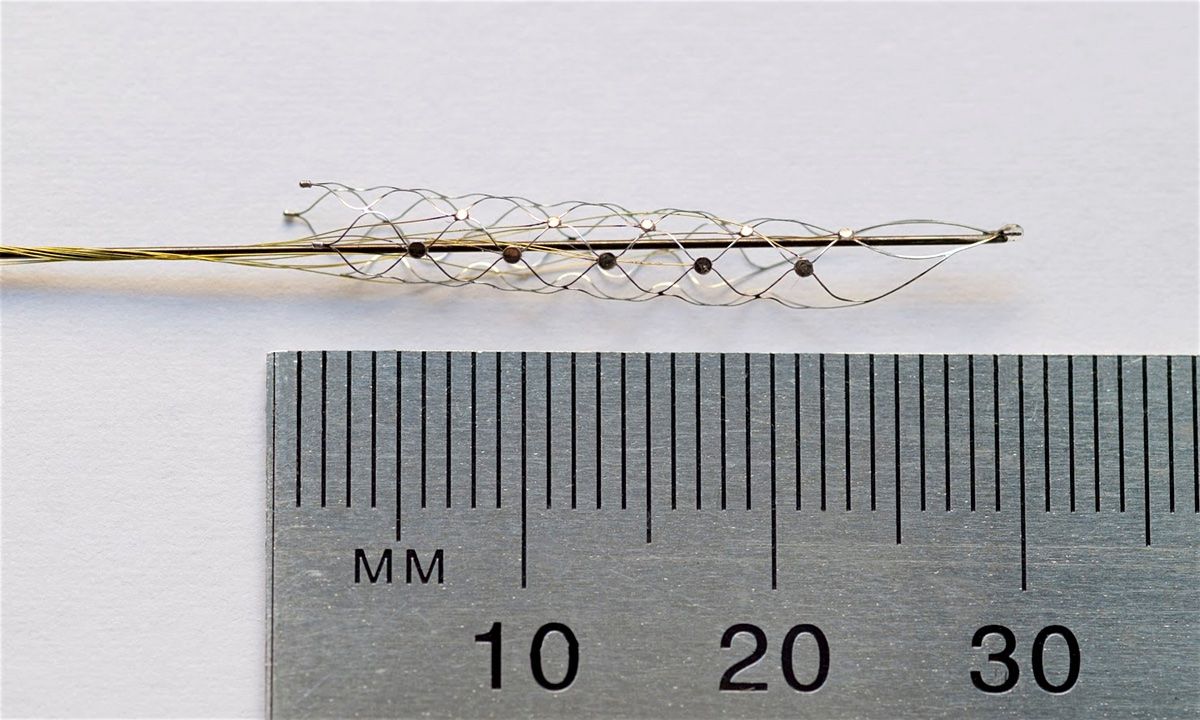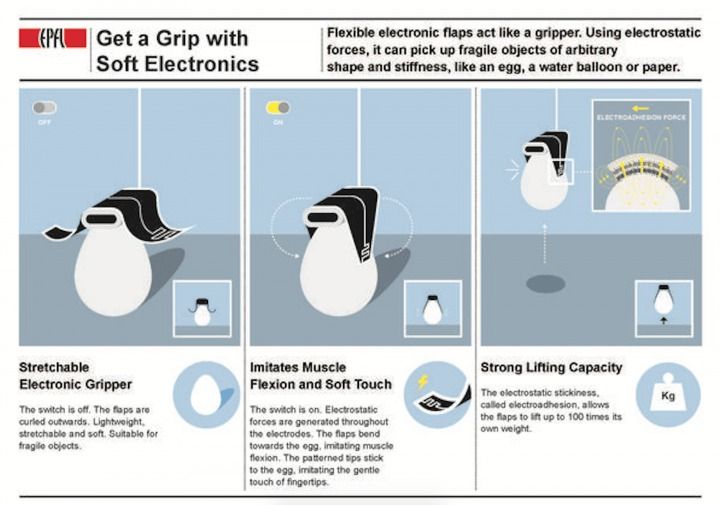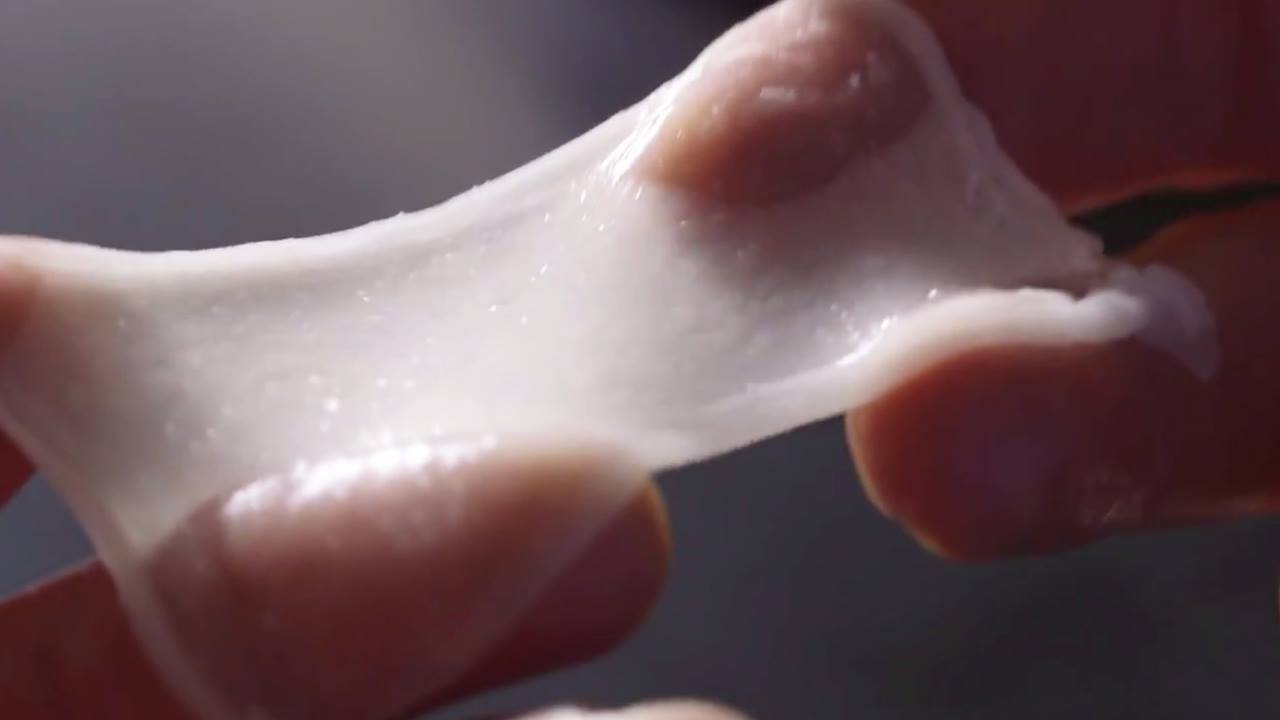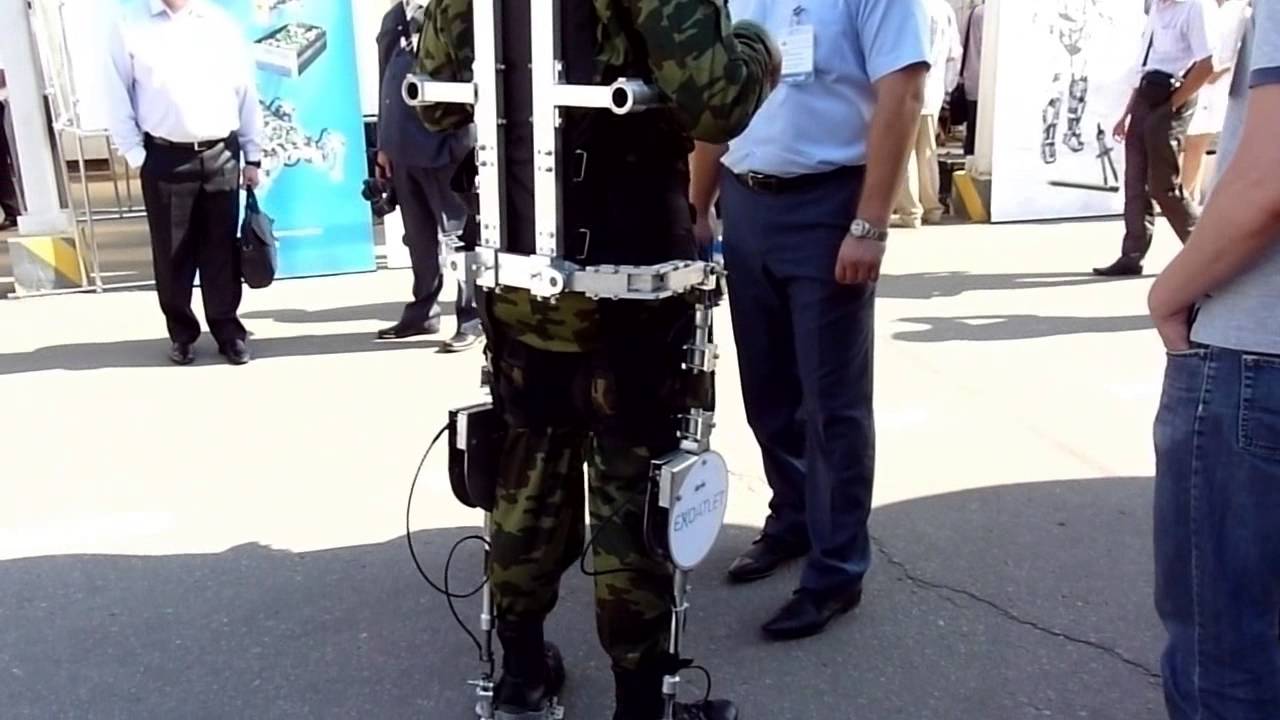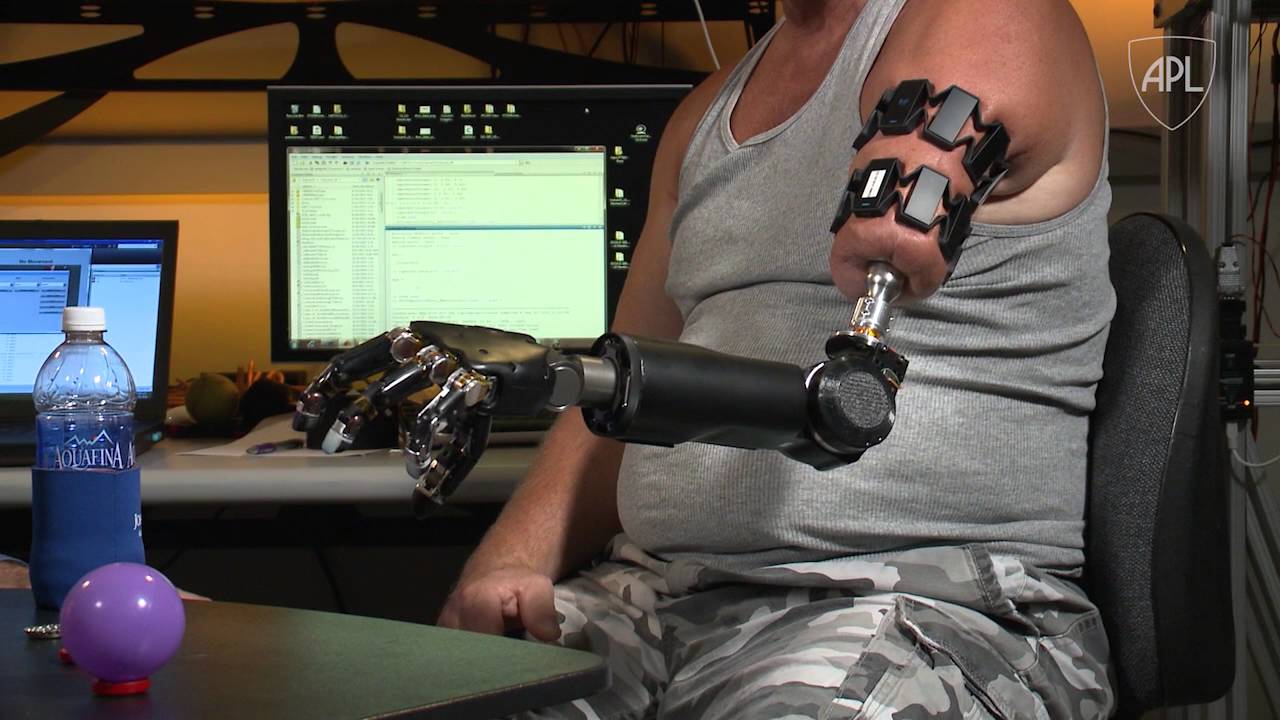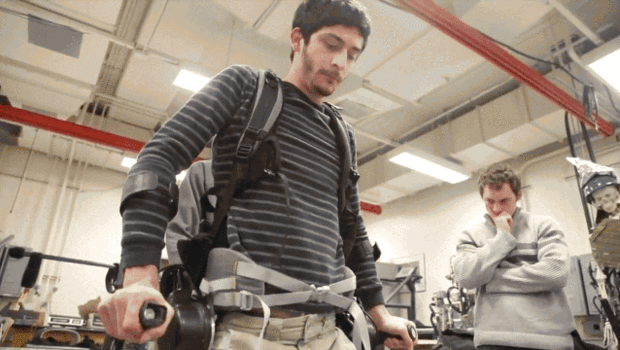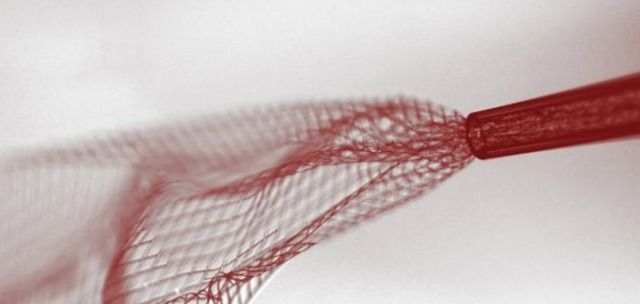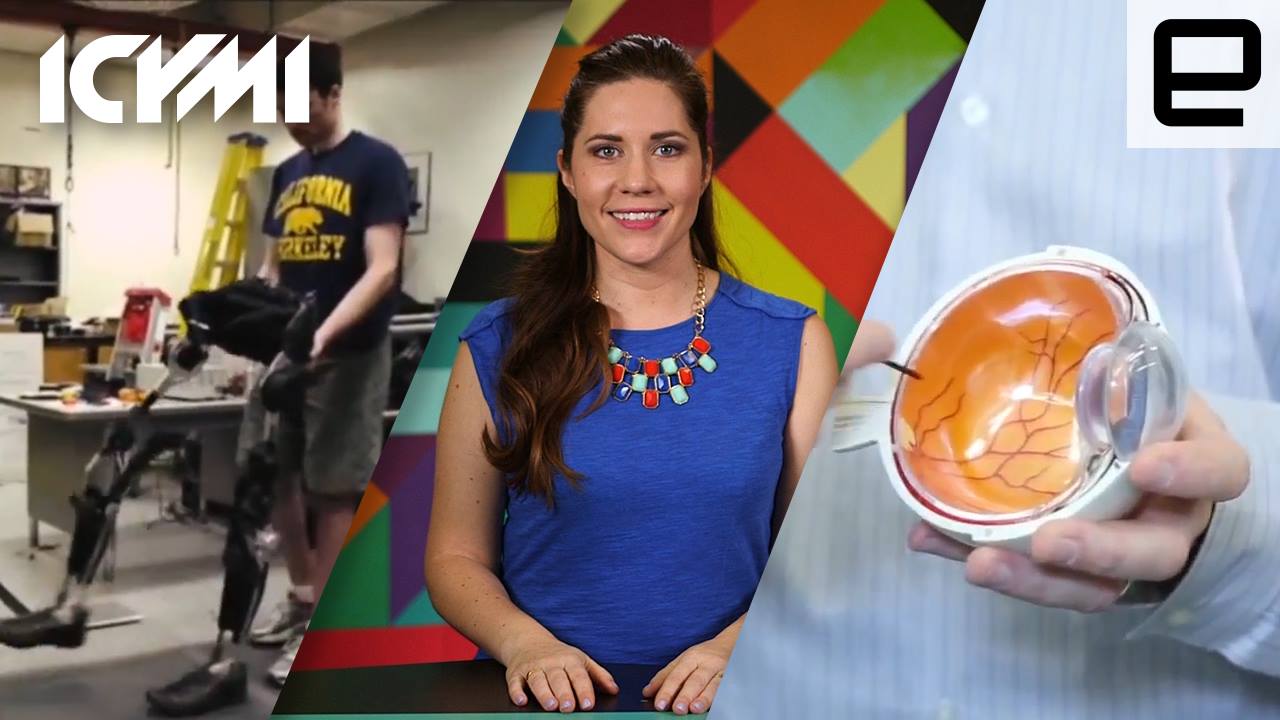Australian scientists hope that a tiny device just 3cm long and a few millimetres wide will enable paralysed patients to walk again by allowing them to control bionic limbs with the power of subconscious thought.
The new device, dubbed the “bionic spine”, is the size of a small paperclip and will be implanted in three patients at the Royal Melbourne hospital in Victoria next year. The participants will be selected from the Austin Health spinal cord unit, and will be the first humans to trial the device, which so far has only been tested in sheep.
Doctors will make a tiny cut in the neck of the patients and feed a catheter containing the bionic spine up through the blood vessels leading into the brain, until it rests on top of the motor cortex, the part of the brain where nerve impulses that initiate voluntary muscle movements come from. The catheter will then be removed, leaving the bionic spine behind.
